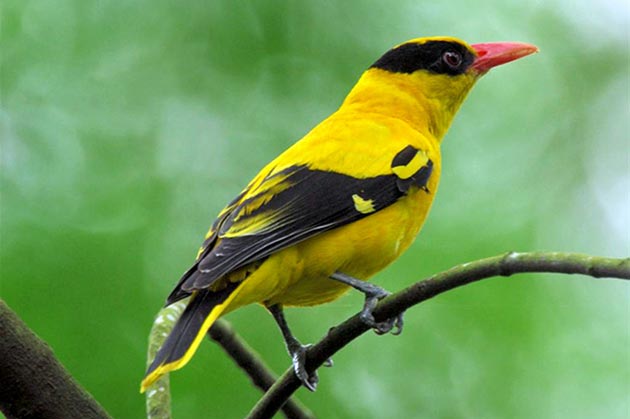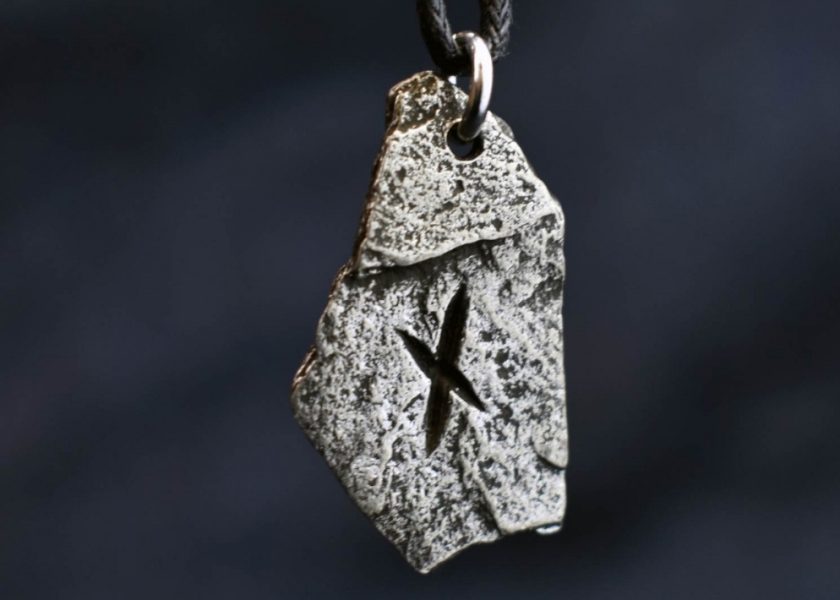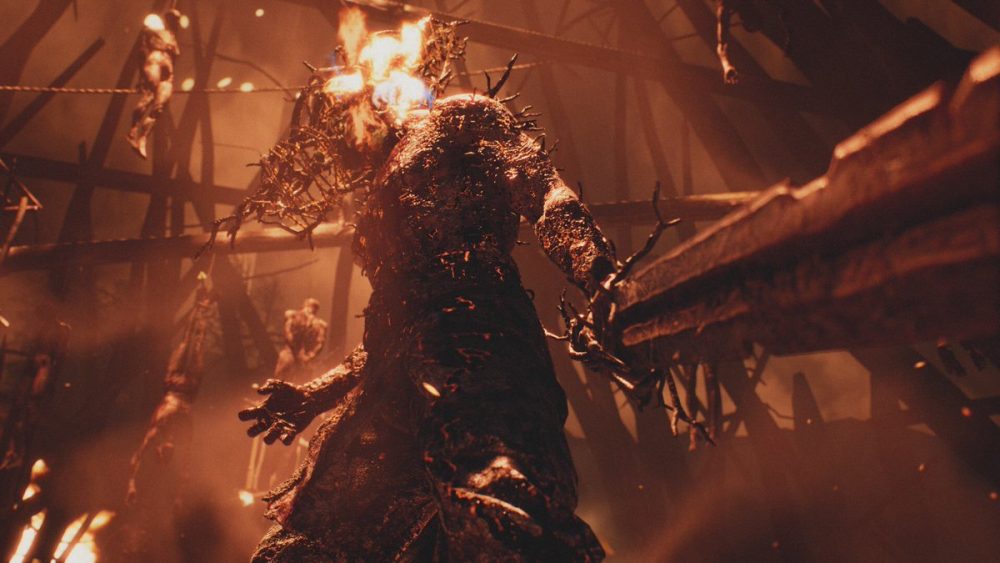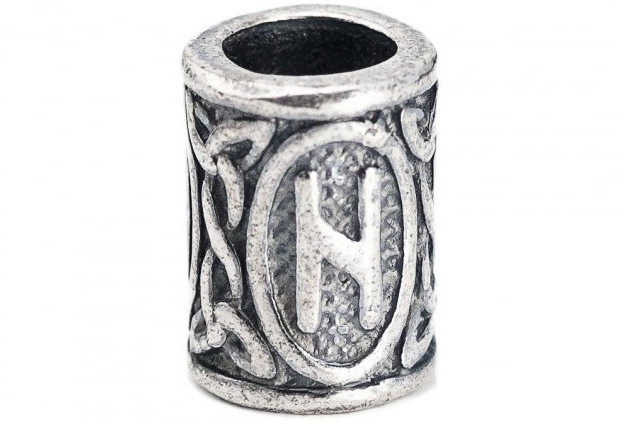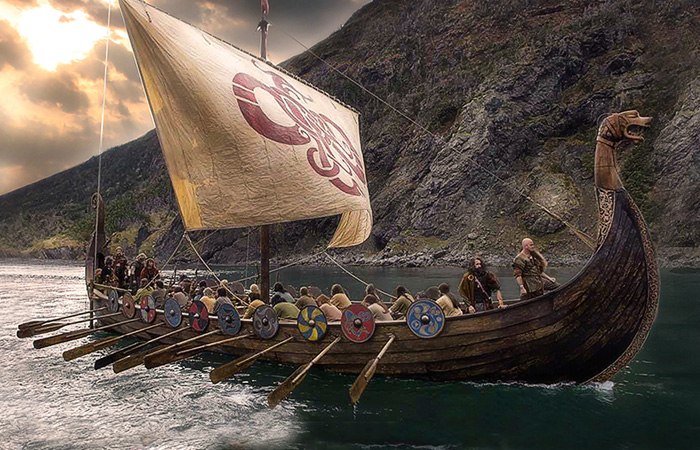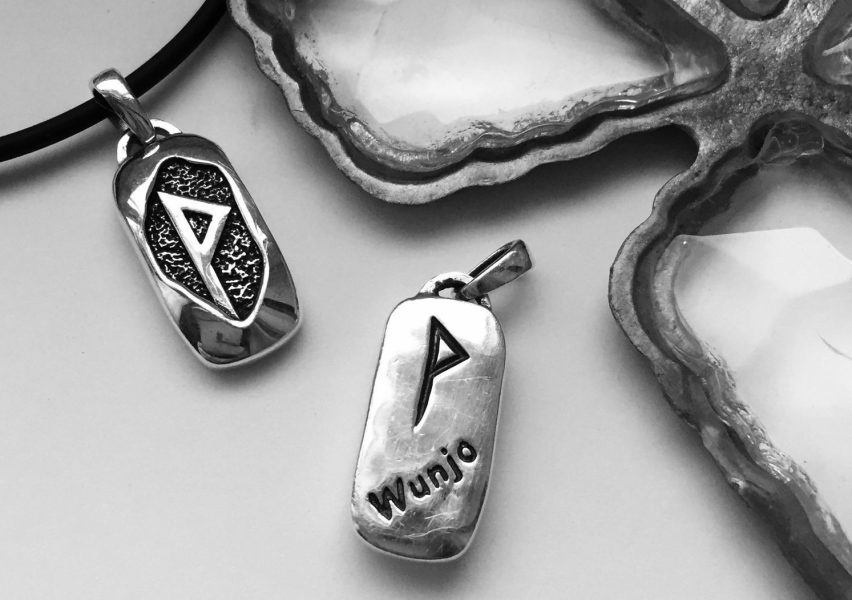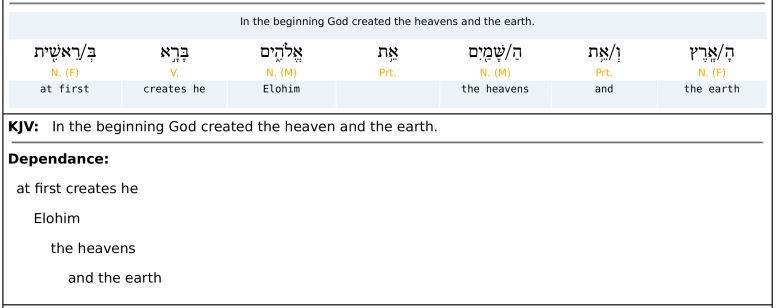Again, let's digress a little from the Vikings. Berenice has recently become interested in Kharassukhum idioms and… found quite a few interesting things in it! Today we will tell you about them.
The Kharassukhum dwarves, of course, did not build huge cities on the mountains, between the mountains and within them, of course, not throughout their history. At first they lived as the most ordinary mountain sedentary tribe: they grew barley, herded goats and sheep, and were engaged in all sorts of related trades. Later, they had a very rapid technological, industrial and scientific development, due to which they were able to quickly and efficiently build both on the surface and inside the mountains.
This, of course, is a completely different story. It is important that due to a radical change in lifestyle at a certain stage, their idioms also underwent serious changes. But the old one remained as well! Let's show you examples of both.
- the word "goat" among the Kharassukhum people was never used as an insult. And not used. On the contrary, there are expressions like: “smart as a goat”, “fast as a goat”, “brisk as ...” I think you understand;
- a few sayings and a bunch of different folk signs associated with the once main culture - barley. “This barley when the juniper blossoms”, “the oriole is more expensive than the barley grain of the chick” and all sorts of others;
- "two people cannot pull a bull / ram for one egg." A classic saying that has become a worldwide hit. In a more cultivated version, there is a "tail" and not "eggs", but the original looks exactly like that;
- newer ones: “crush tuff with a sledgehammer” - an analogue of our “shoot sparrows from a cannon”. Tuff is a light and brittle porous rock, and using a sledgehammer to process it is clearly too much;
- "sharp / prickly like an electric spark." The first proverb related to electricity in the whole world. Perhaps, of course, the Khvenvants also had similar ones, but they are unknown to us;
- finally - "slippery as an oil slick." Beautiful, but you are unlikely to be happy if someone says this to you.

